Russia, the world’s largest wheat exporter, has begun a new effort to gain a foothold in important grain markets in Southeast Asia. This move aims to diversify its export base beyond its usual buyers, such as Egypt and Turkey. The state export agency Agroexport is leading this initiative.They seek to improve shipments to countries such as Vietnam, Indonesia, Malaysia, the Philippines, and Bangladesh, according to Ilya Ilyushin, the agency's head.
Russia's strong position in the global wheat market has traditionally relied on its connections with North African and Middle Eastern countries. However, due to changing trade policies in those areas, like Turkey's occasional import bans to protect local farmers, Moscow is increasingly focusing on the east.
“Right now, our goal is to enter the Southeast Asian market. This includes not only Vietnam and Bangladesh but also Malaysia and the Philippines. These are large countries with significant purchasing power and grain imports,” said Ilyushin during a briefing on Thursday.
In a sign of this shifting strategy, Russian wheat exports to Vietnam quadrupled last season, while Bangladesh emerged as the third-largest buyer of Russian wheat, overtaking some Middle Eastern countries in total volume.
Russia expects a 4% rise in grain output in the 2025 season, bringing the total harvest to 135 million tons, despite regional droughts. The country plans to export 45 million tons of wheat, up from 44 million tons last year. This raise is meant to help it increase its footprint across emerging Asian markets.
Russian wheat has long been attractive because of its excellent grain quality and low prices, especially for countries that import a lot of food. Growth opportunity is something Southeast Asia can use, as the region’s population continues to swell and its concerns around food security grow with it.
But Russia is competing with more established agricultural powerhouses such as Australia, the United States and Canada. The countries have existing trade patterns and free trade agreements with many Asian economies.
Eduard Zernin, the CEO of Bio-ton Agricultural Holding and a board member of the Grain Producers and Exporters Union, stated, "This is a strong group with aspirational rivals." "They conduct business in different ways. Additionally, we must be ready for more difficult competition.
There are logistical challenges that could curb Russia’s ambitions in the short run. Such obstacles include longer sailing distances, higher freight rates and no infrastructure in some potential destinations. Unlike Australia, which is located near Southeast Asia, Russia has to transport its grain over great distances, either through the Suez Canal or the Northern Sea Route.
The grain exports by Russia are part of a larger political and economic strategy. Hit by Western sanctions for the war in Ukraine, Russia is seeking new trade partners in Asia, Africa and Latin America. Selling agricultural commodities like wheat, barley and corn allows Russia to build influence and deeper relationships with those areas.
Simultaneously, food insecurity is worsening around the world as a result of climate change, war, and issues in supply chains. Russia is positioning itself as a reliable food supplier, but to do so, it needs to invest more in its port systems, enhance the quality of its grain and strike fair trade deals.
Diversifying grain exports to Southeast Asia is an important part of Russia’s strategy to cut dependence on traditional buyers. This step holds huge potential, but it also presents challenges, such as the distance goods have to travel and competition from other exporters. How well Russia succeeds will depend on its ability to create good partnerships, to keep the quality of its grain high and to negotiate the political issues surrounding global food supply.
There is a sense that as the world grapples with increased challenges from climate change and politic instability, Russia’s place in the global grain market will evolve. This could present new openings and challenges in the Southeast Asian market.

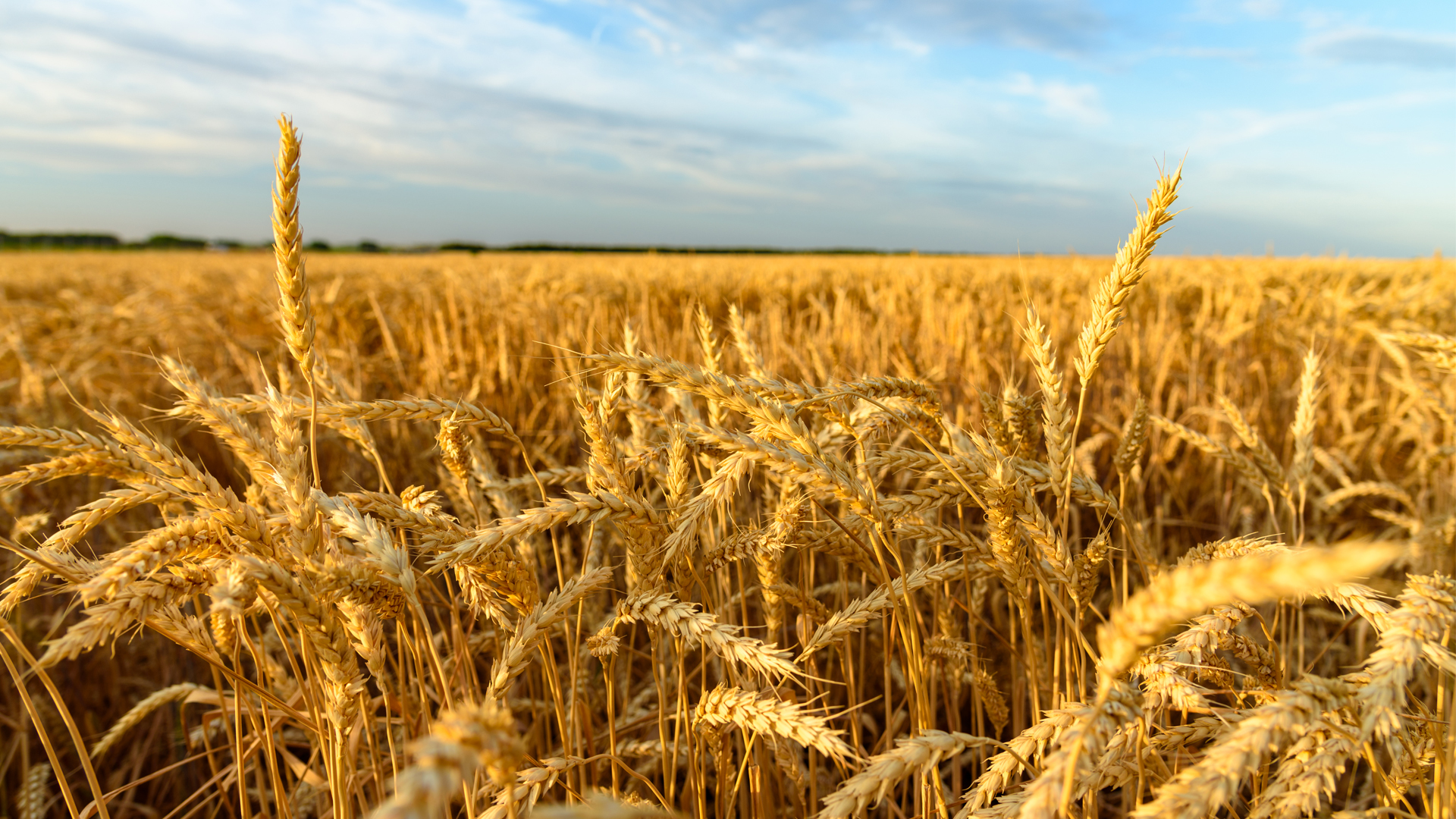
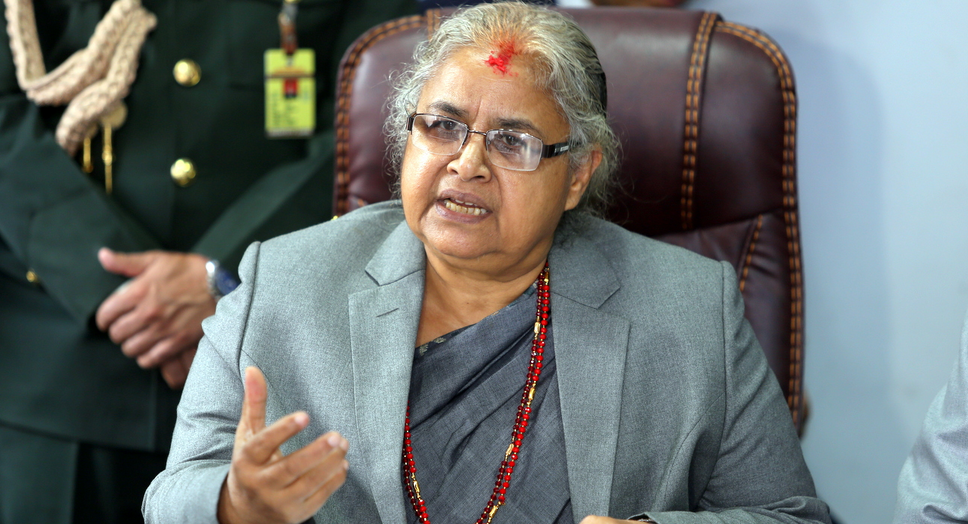



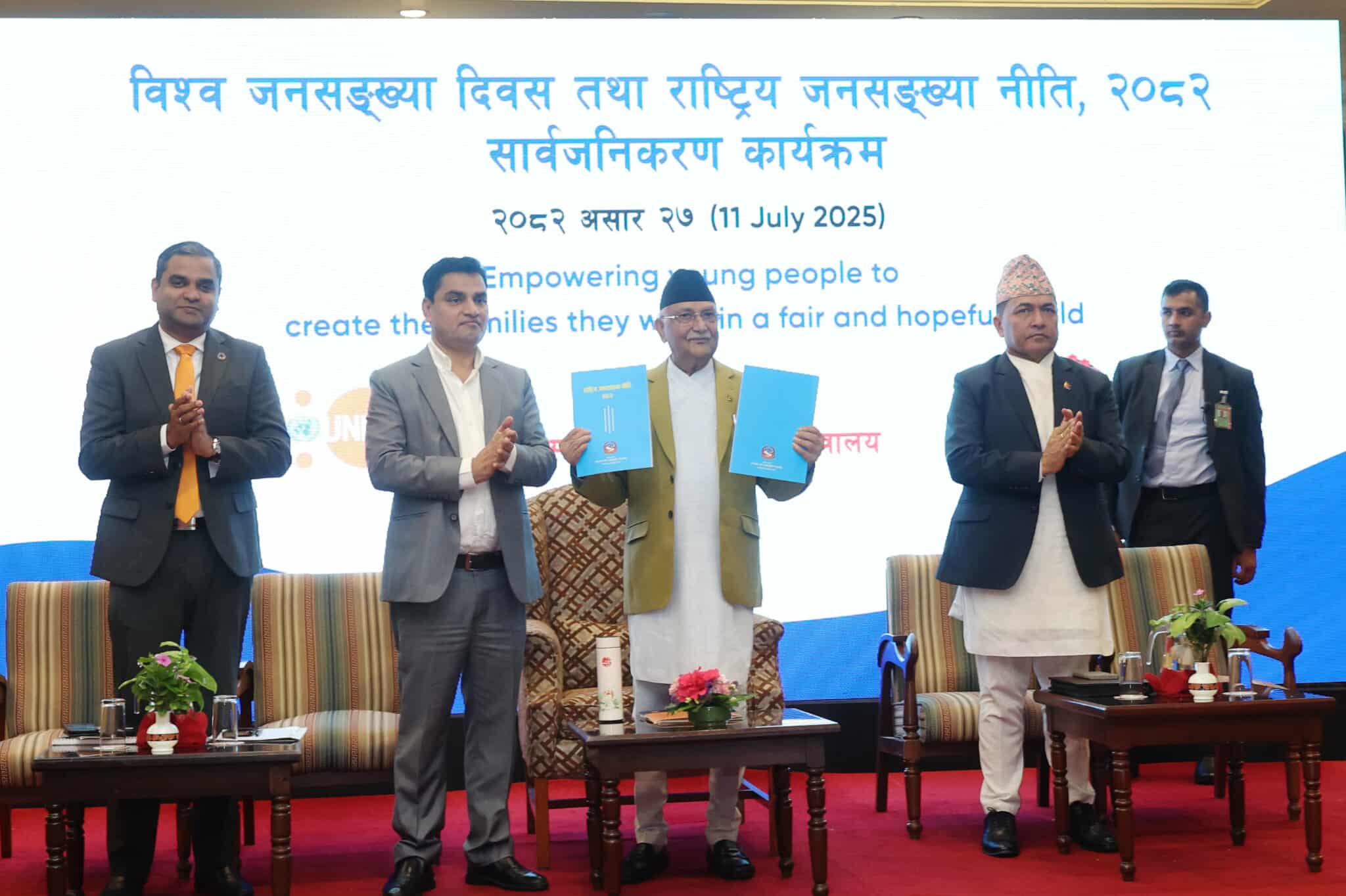
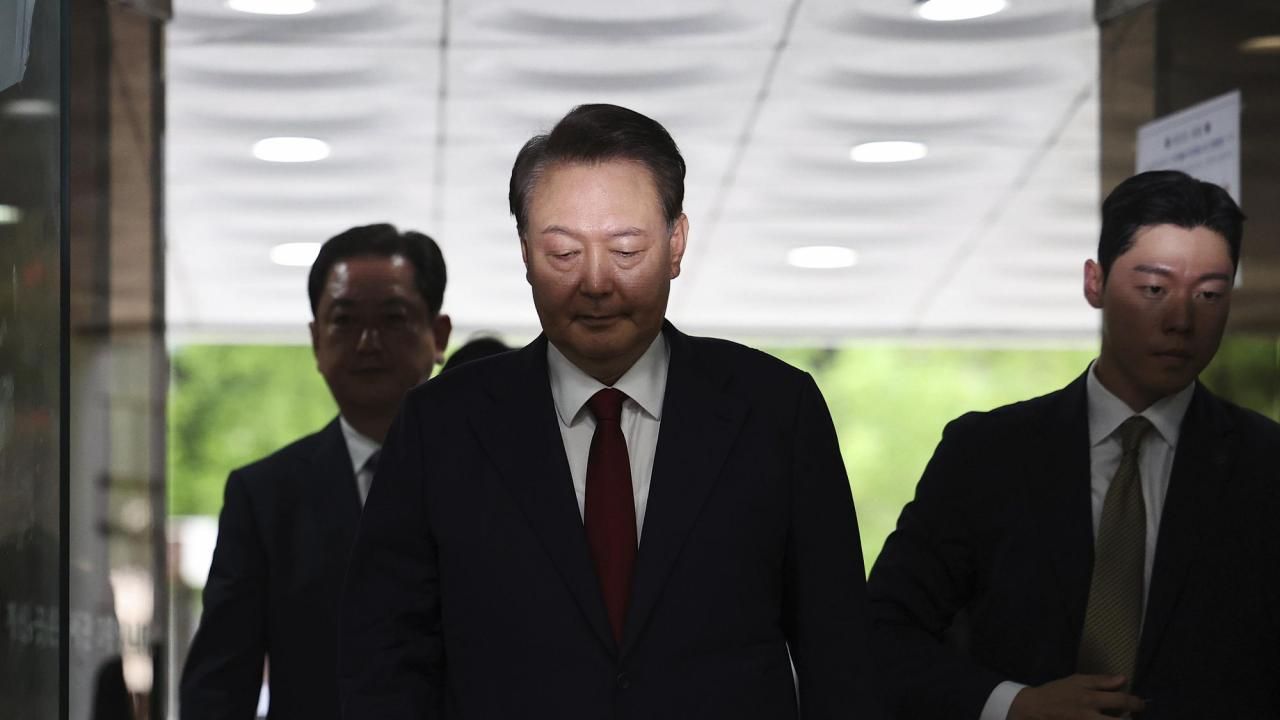

.jpg)
.jpg)

.jpeg)
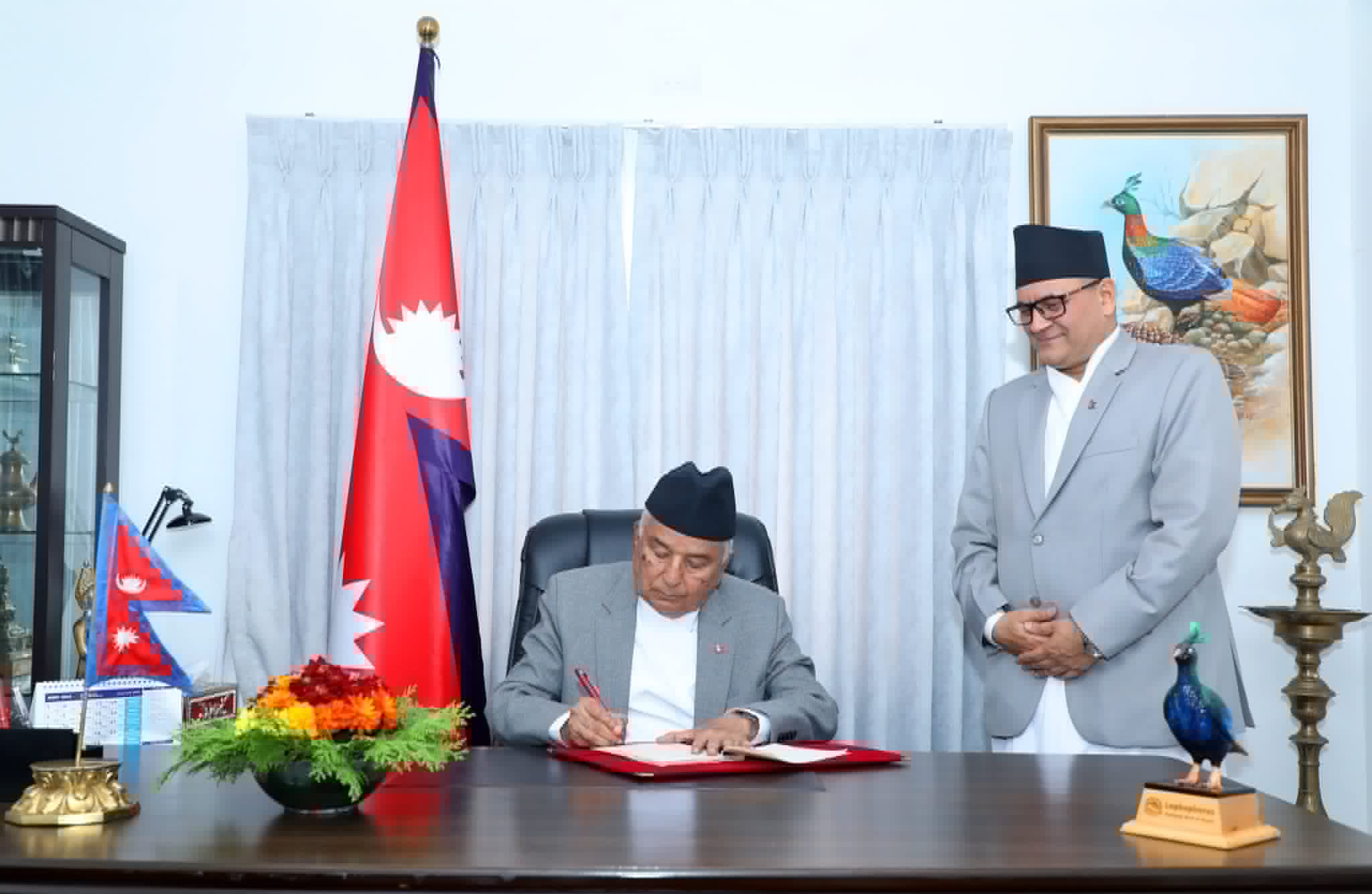

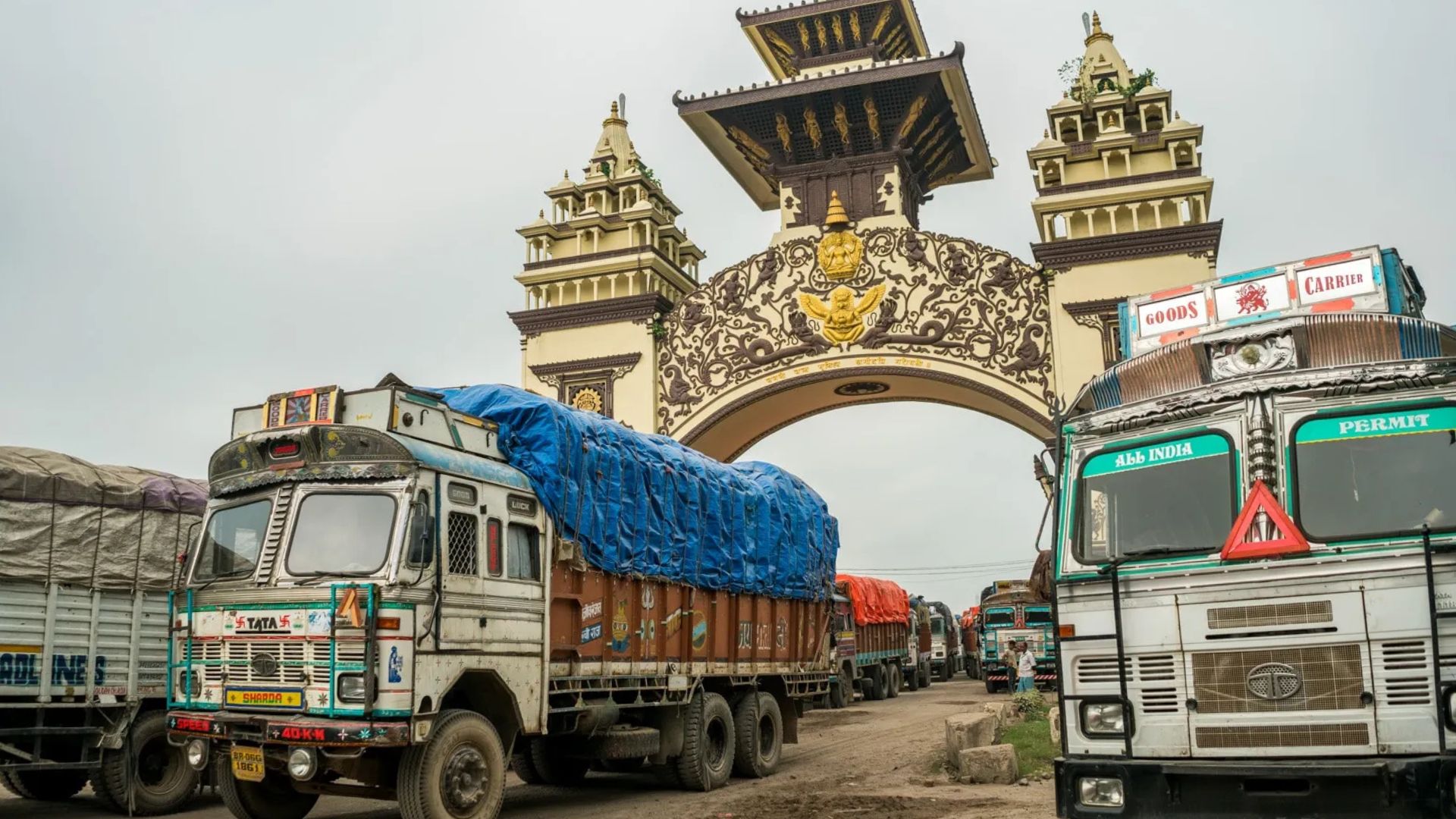


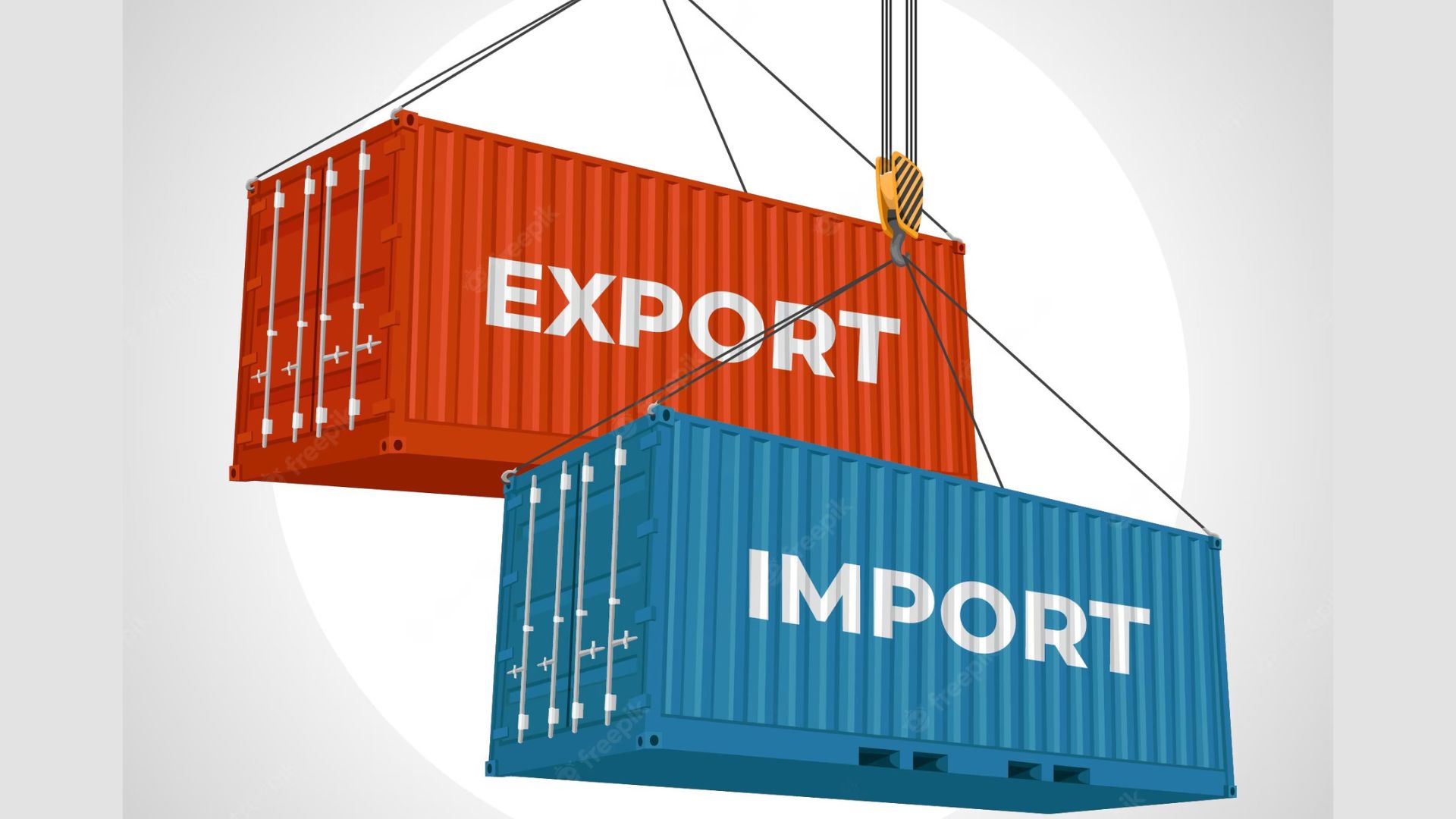
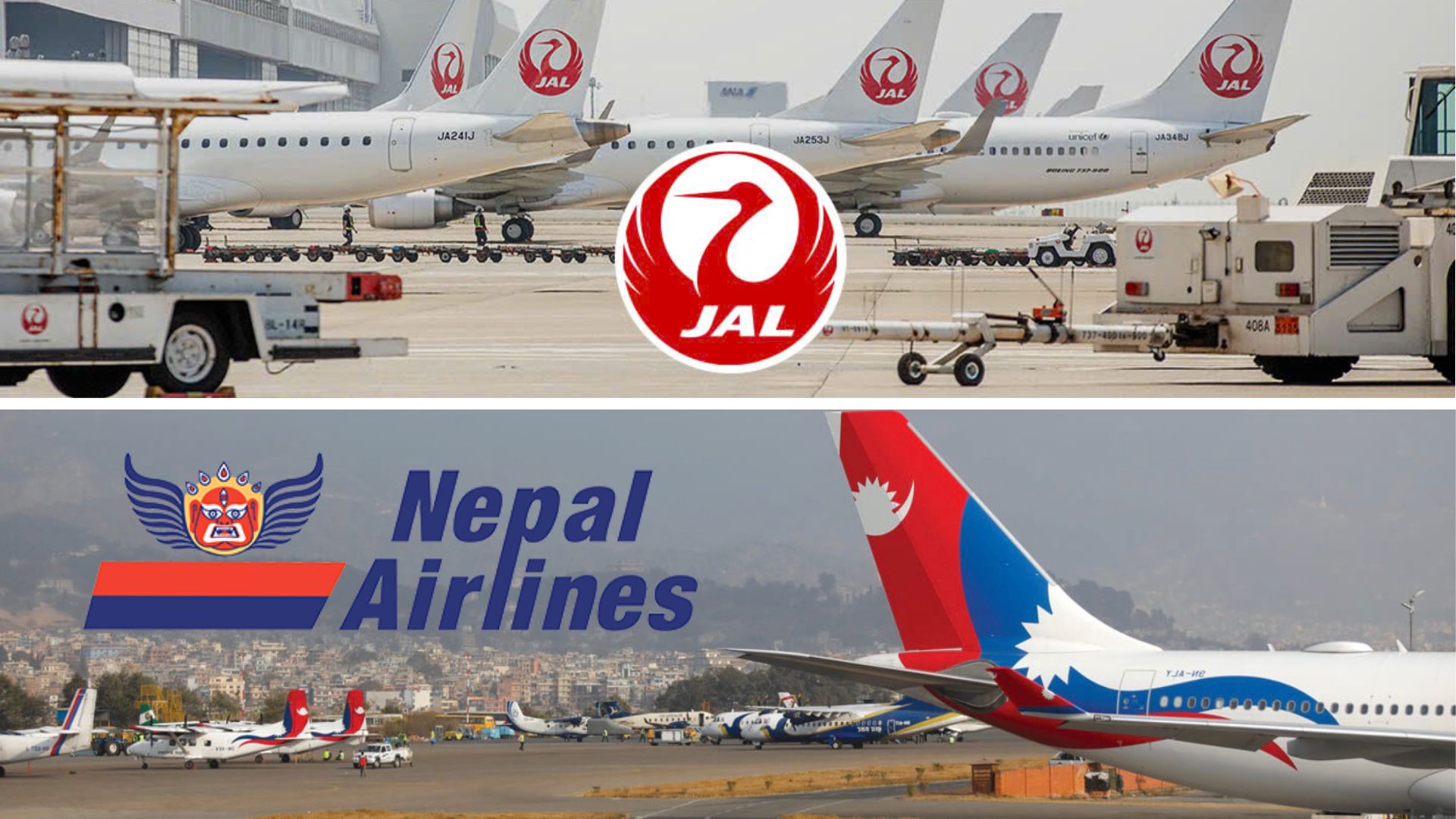


.jpeg)